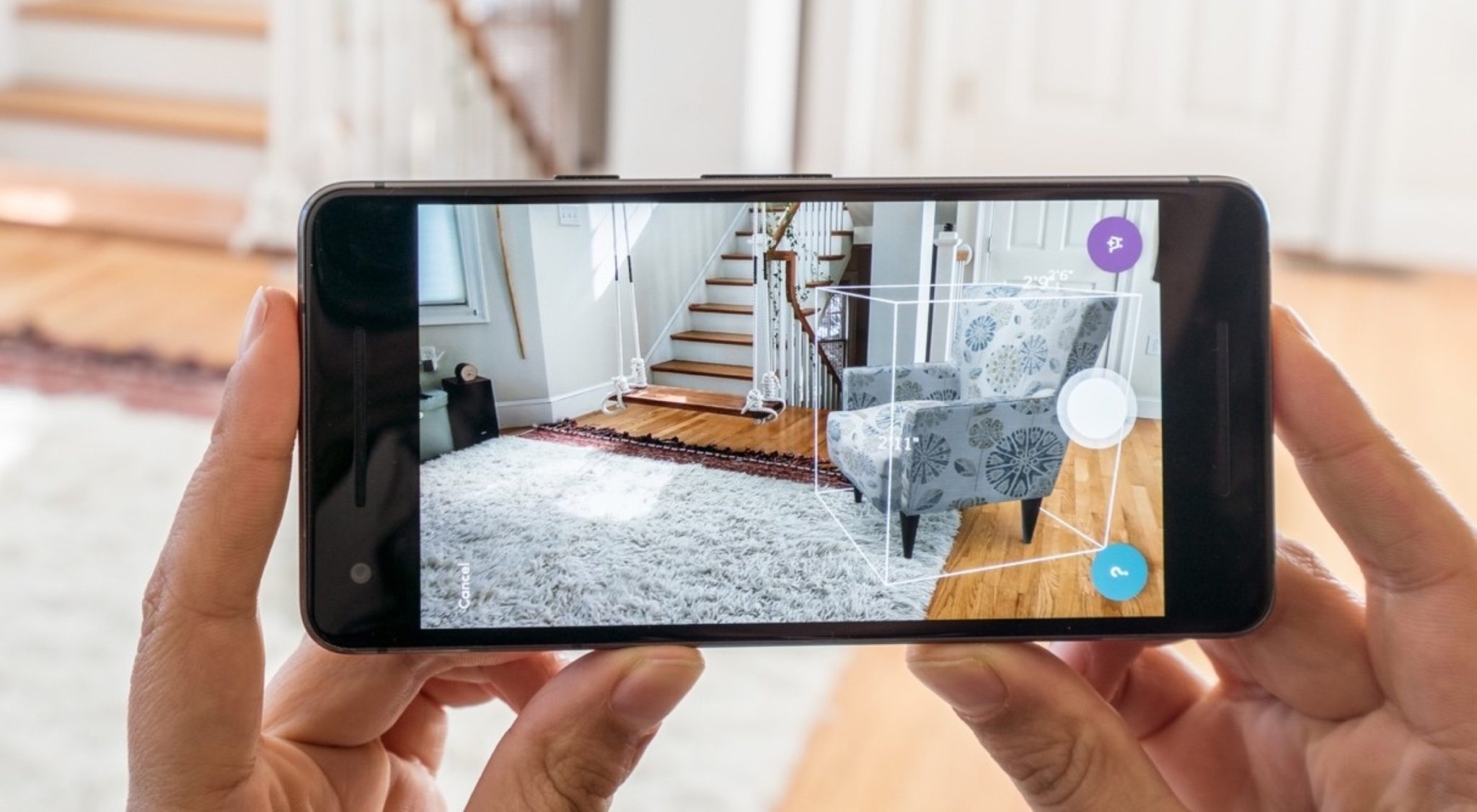For many consumers, augmented reality (AR) is already expected as standard when shopping online. Companies that have integrated 3D and AR into their ecommerce platforms have benefitted from improved customer journeys, increased conversion rates and reduced product returns – and those that haven’t risk being left behind.
Key takeaways:
- Consumers today expect not just personalized but immersive experiences
- Superior user engagement, improved bottom line, and unique product experiences are only a few of the strategic benefits of deploying AR technology
- Brands are using AR to get a competitive edge and deliver unique customer experiences
Consulting giant Deloitte estimates there are almost three billion frequent users of AR in the world today, with 94% saying they'll use it more in the future.
The technology has paved the way for a new consumer experience, as personalization and engagement form the nucleus of customer expectations. As a result, 3D and AR is disrupting every industry to bring strategic business benefits. Whether it's the fashion industry with the Gucci Garde Archetypes or the furniture space with IKEA's AR-powered app, the benefits of augmented reality are clear and too great for brands to miss.
4 advantages of augmented reality
Let’s take a closer look at what 3D and AR can offer for brands:
1. Superior, tailor-made customer experiences
According to McKinsey & Company, 71% of consumers expect personalization in a brand's marketing efforts. Moreover, Snapchat's Gen Z survey found that 60% of the soon-to-be largest consumer base say AR experiences feel more personal.
One of the biggest advantages of augmented reality is its ability to provide uniquely immersive experiences. By digitally overlaying computer-generated content onto real-world settings, AR allows brands to get truly creative in connecting with customers and personalizing their journeys.
ASOS, the British fashion giant, launched an AR feature, ‘See My Fit’, on its mobile app in 2019, allowing users to visualize products in different sizes and on different body types and even choose products for their own body type to see how items would look on them. By offering this unique customer experience, ASOS witnessed a 275% jump in profits.
2. Driving user engagement
AR allows consumers to experience interactive and immersive journeys, which empowers brands to drive user engagement.
With the average attention span only around eight seconds, brands can turn to AR technology to grab attention and keep users focused on their products.
According to Vibrant, 67% of media agency executives want more AR incorporated into advertisements as they improve consumer engagement. 49% of these executives believe AR will counter adblocking software, enabling brands to get their message across unhindered.
Snapchat’s Gen Z survey reveals that over 50% of shoppers say they’re more likely to pay attention to an advertisement incorporating AR. A case in point is Ulta’s GLAMlab. This AR-enabled beauty tool allows customers to try on cosmetics virtually on the app. As a result of integrating interactive and immersive technology into its offerings, the brand saw user engagement increase sevenfold after launch.
3. Competitive advantage
The average American is exposed to 4,000 to 10,000 advertisements daily but notices less than 1% of these. With surplus content on the internet and growing banner blindness among customers, businesses are adopting AR technology to stand out.
One of the most talked-about AR advertisements was Pepsi Max's 2014 bus shelter campaign. By turning the bus stop's poster sites into AR screens, Pepsi gave commuters immersive visuals, such as robots on the street and UFOs in the sky. This creative advertising strategy brought renewed attention to the brand and a 35% YoY rise in sales.
4. Real-time analytics
AR software provides data analytics by translating customer behavior into actionable intelligence. Brands can then get deeper insight into how consumers are interacting with products, and use it to inform sales, marketing, and PR strategy.
The global beauty brand L'Oréal acquired ModiFace in 2018 to bring AR technology to their customers in the form of virtual try-ons. Commenting on the integration, L’Oreal’s chief digital officer praised AR technology for its unique value addition to the industry: "It's an immense source of data in terms of understanding what consumers like, what they like less in terms of colors, looks, textures. For our marketing and our labs, it's a great source of insight in terms of trends, and it helps us deliver makeup collections."
The advantages of augmented reality will only grow as adoption continues to accelerate, and as consumers are exposed to immersive experiences through new settings, hardware and use-cases. For brands looking to stay relevant, the answer lies in AR technology.






